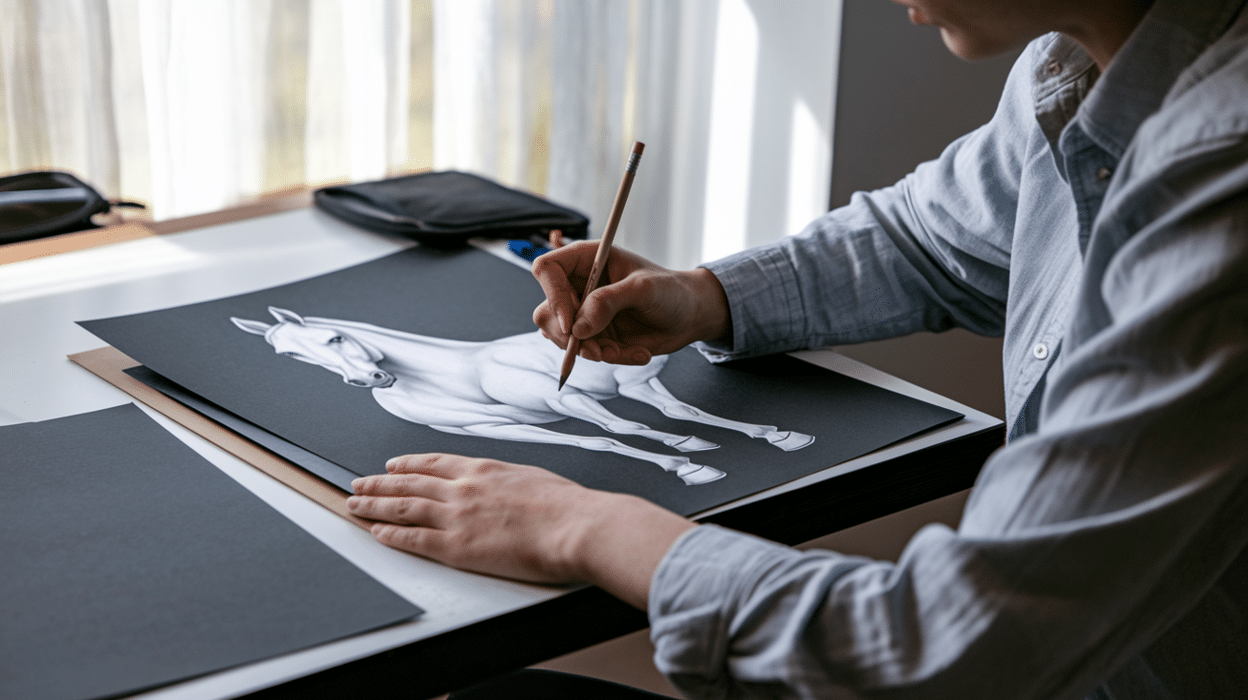
Do artists want to try something different with their art? Black paper drawing flips the usual white canvas approach on its head.
Many artists feel stuck using the same old techniques, but there’s a simple solution waiting to be tried.
With black paper drawings, creators can create eye-catching contrast that makes colors pop and highlights shine. The dark background helps artwork stand out in ways traditional white paper can’t match.
This blog will show artists how to start with black paper drawing today. Readers will learn which tools work best, simple techniques for beginners, and tips to make art look more professional.
By the end, artists will have everything needed to create stunning artwork that captures attention and shows off their skills in a whole new light.
Why Is Black Paper Ideal for Certain Art Styles?
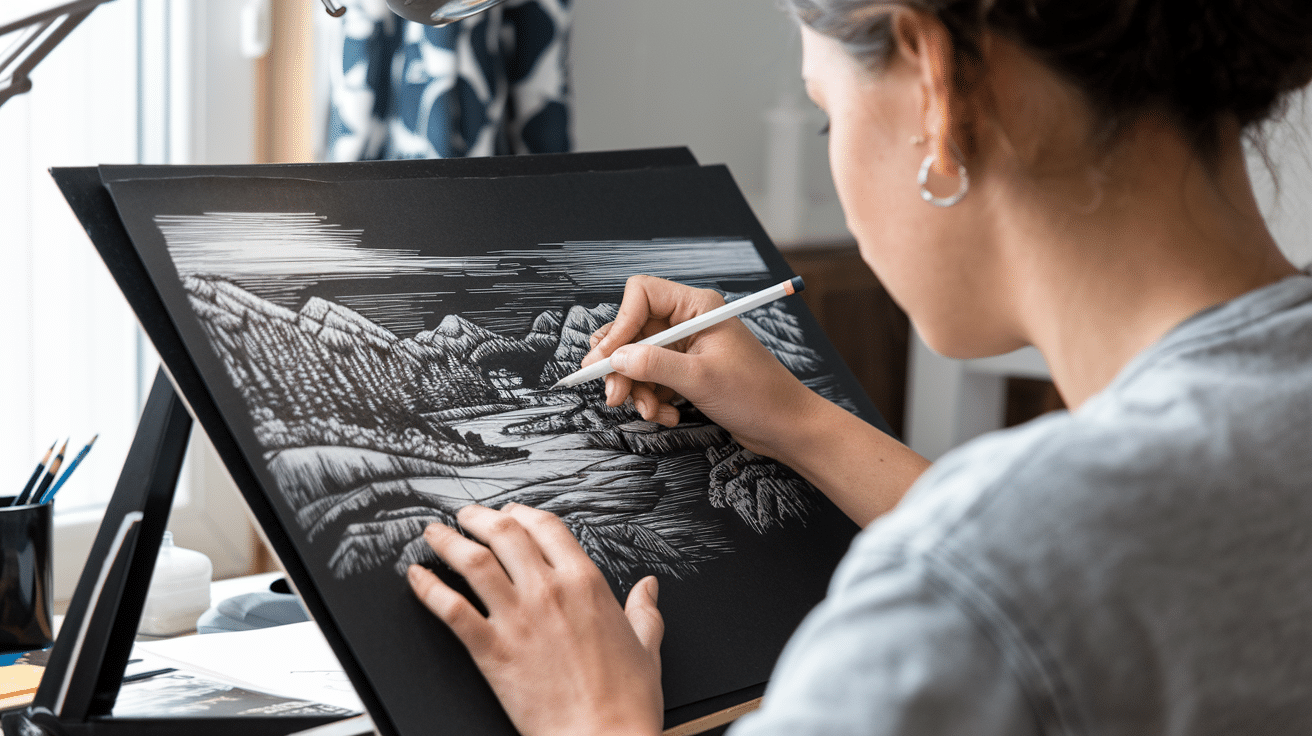
Black paper provides a dramatic foundation that transforms how we perceive art. Colors appear more vibrant and luminous when placed against black, creating an instant sense of depth that white paper cannot achieve so easily.
This makes black paper perfect for night scenes, space art, and fantasy illustrations where mood and atmosphere are key.
The dark background naturally creates shadows, allowing artists to focus on adding highlights rather than shading, a reverse of traditional techniques. This approach suits Gothic art, celestial themes, and neon-inspired works particularly well.
Black paper also hides many mistakes that would be obvious on white surfaces, giving beginners more confidence to experiment. For minimalist styles, just a few strokes of white or metallic media on black can create striking images with remarkable impact despite their simplicity.
Tools and Materials Required
| Item | Description |
|---|---|
| Black Mixed Media Paper | Thick, deep black paper (Faber-Castell pad is a good choice) |
| White Colored Pencils | Faber-Castell Polychromos and Caran d’Ache Luminance for tonal range |
| White Gel Pen | Sakura Jelly Roll gel pen for bright highlights |
| Blending Stump | For smoothing and softening pencil lines |
| HB Pencil | Trace your base sketch onto black paper |
| White Sketch Paper | Used for initial sketch and transferring outlines |
| White Soft Pastel or PanPastel | For creating a transferable base for sketch outlines |
| Sponge or Applicator Tool | To apply pastel on the back of your sketch |
Easy Black Paper Drawing Steps for New Artists
There’s something magical about flipping the rules of traditional drawing. Instead of sketching on white, black paper invites an artist to see light differently by adding highlights rather than shadows.
This creative twist offers a fresh challenge and brings dramatic depth to any artwork. For those ready to explore this eye-catching technique, here’s a guide to help you begin confidently.
Step 1: Prepare Your Sketch on White Paper
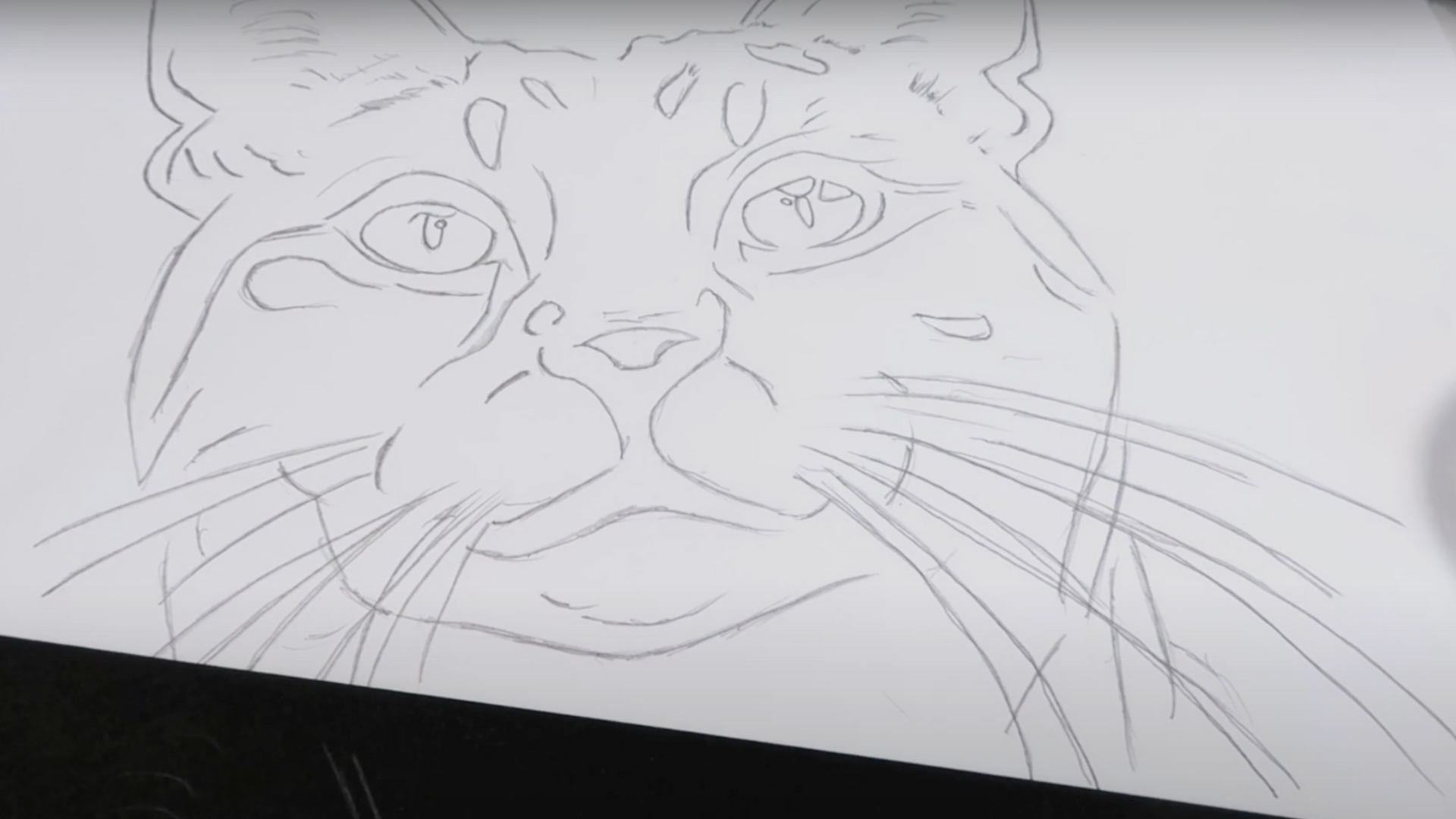
The artist should begin by drawing their subject on a plain white sheet. This makes it easier to refine proportions and shapes without worrying about mistakes.
A clean, well-planned sketch ensures a smooth transfer process later. It also builds confidence before working directly on the final black paper.
Step 2: Apply Pastel to the Back of Your Sketch
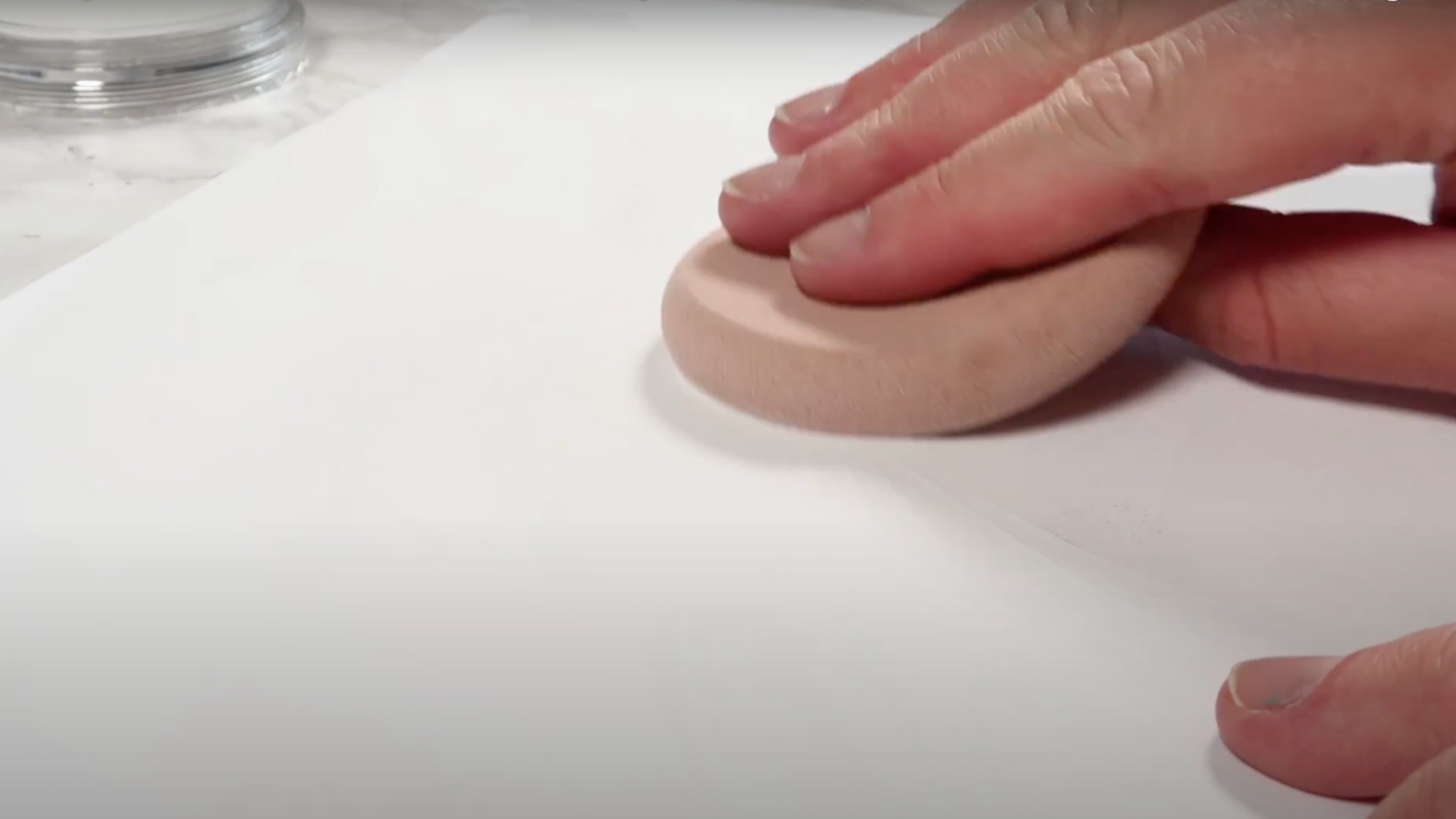
The sketch should be flipped over, and a soft white pastel or PanPastel should be lightly rubbed across the back. A sponge or applicator helps to distribute the pastel evenly across the surface.
This layer allows the design to transfer clearly onto the black sheet. Only a small amount is needed to avoid smudging.
Step 3: Transfer the Outline onto Black Paper

Once the pastel is applied, the artist can place the white sketch over the black paper. An HB pencil is then used to trace the outlines, pressing the pastel onto the black surface to reveal a faint but visible guide.
This avoids drawing directly on the black paper and minimizes the need for erasing.
- Ensure even pastel coverage on the back of the sketch
- Hold the sketch securely in place while tracing
- Use steady, consistent pressure to get a clean transfer
Step 4: Begin Shading with a Light Hand
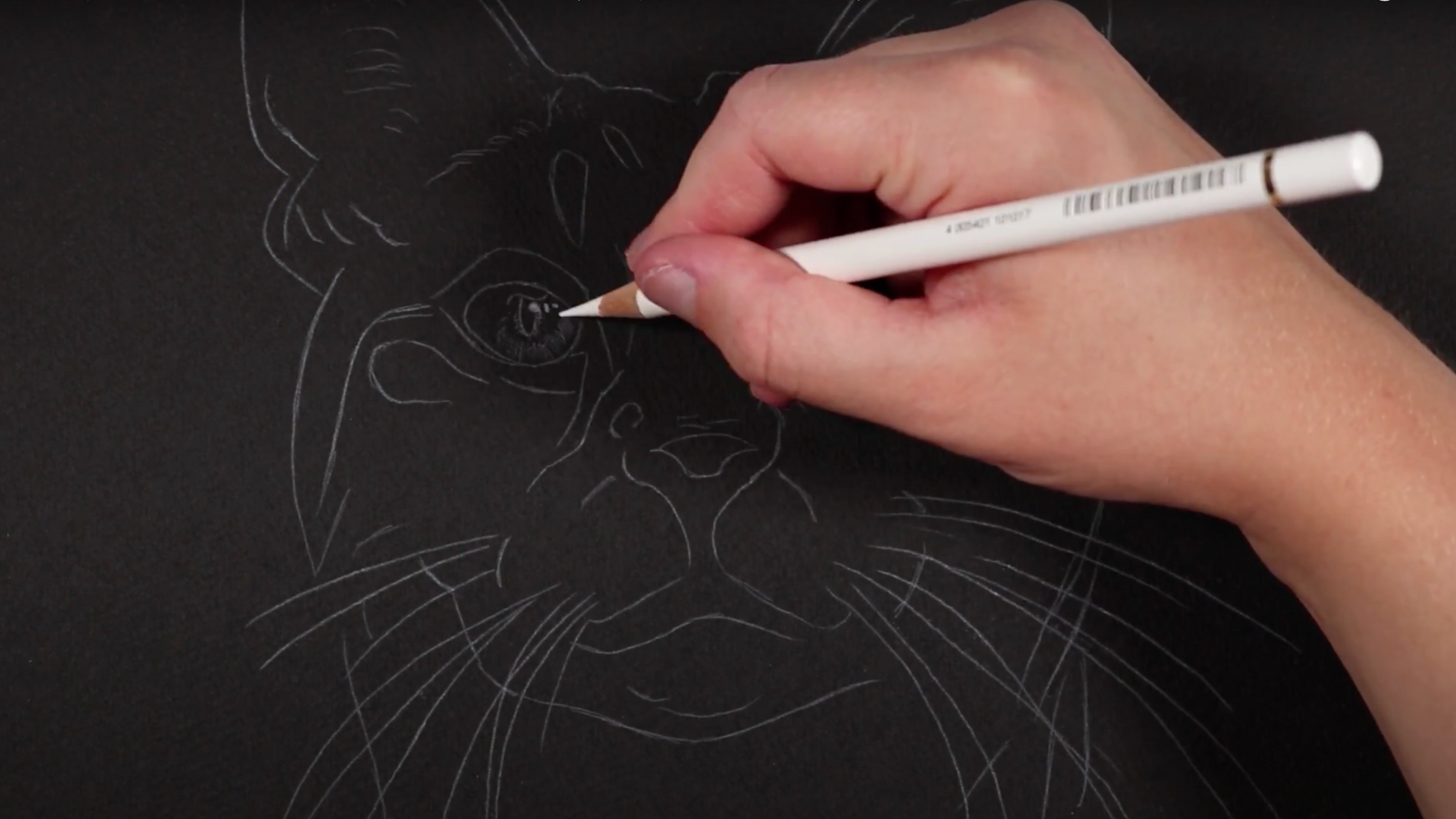
Using a white colored pencil, the artist should begin adding light shading across the outlined areas. Applying gentle pressure in the early stages keeps tones soft and adjustable.
This helps to gradually build value and texture without overwhelming the black background. It’s a good time to define fur direction or surface patterns gently.
Step 5: Add Layers by Increasing Pencil Pressure
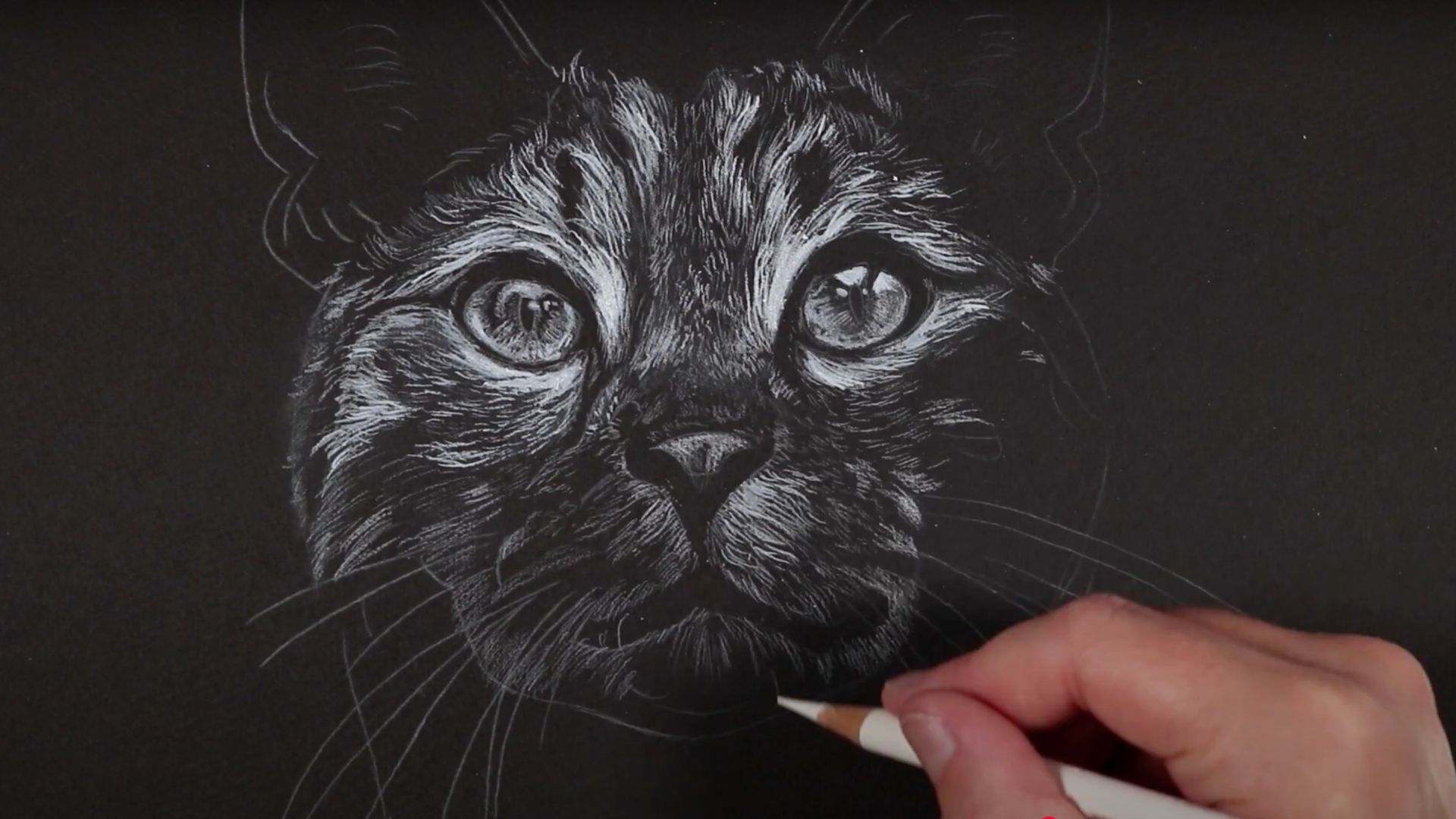
As the drawing develops, pressure with the white pencil can be increased to add brightness and volume. This layering method gives the drawing a natural contrast and helps certain areas pop more than others.
- Start with light strokes for base shading and soft textures
- Move to medium pressure for depth and structure
- Finish with firm pressure to define key highlights
- Use blending tools to smooth transitions between values
Step 6: Use Gel Pen for Brightest Highlights
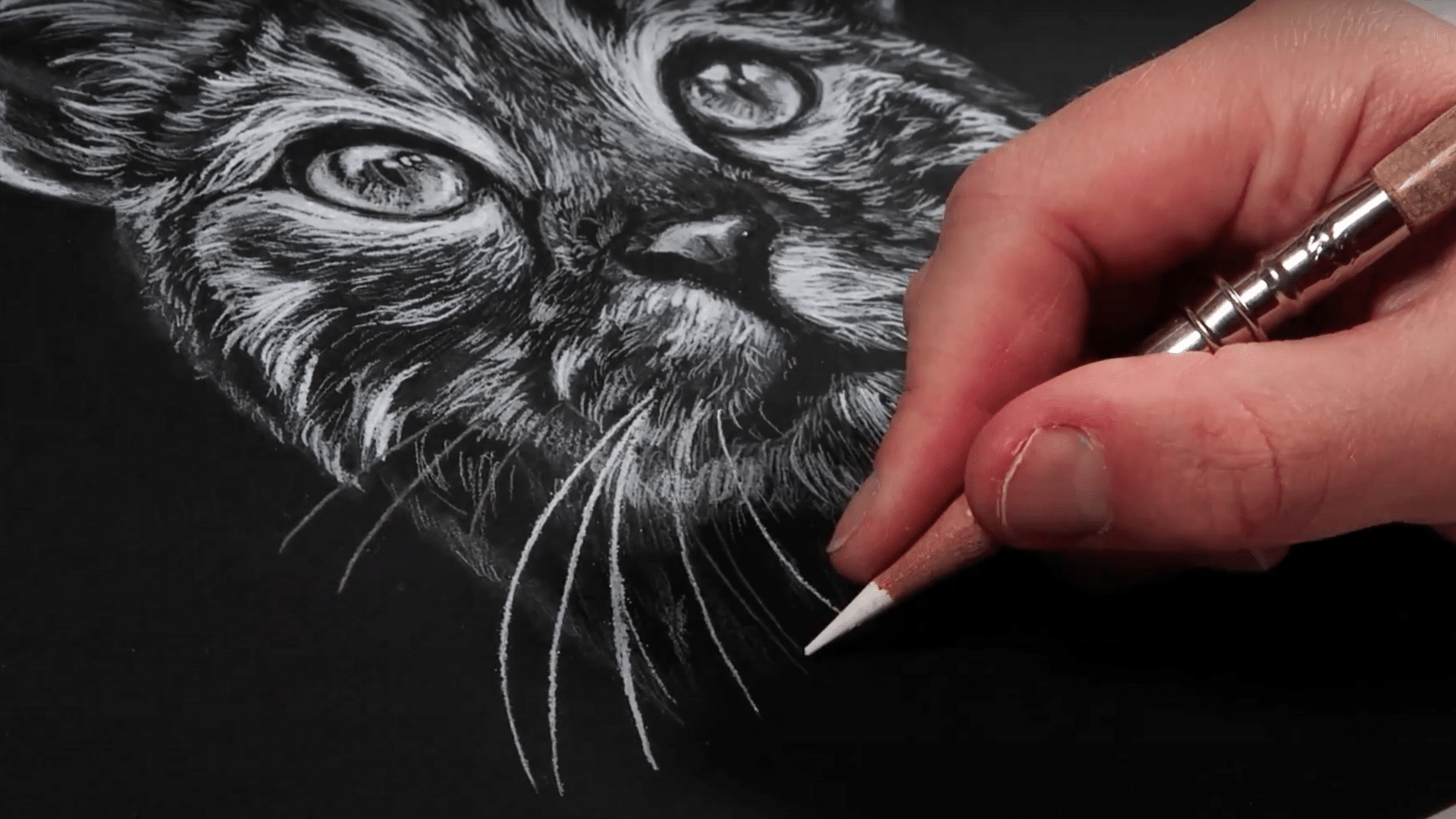
Once the pencil work is complete, the artist can enhance the brightest spots using a white gel pen. This tool is best reserved for accents that need to shimmer or stand out boldly.
- Perfect for whiskers, eye glints, and reflective edges
- Test on scrap paper to ensure smooth ink flow
- Add only at the final stage to avoid smudging or overpowering the piece
Step 7: Preserve Dark Spaces for Impact
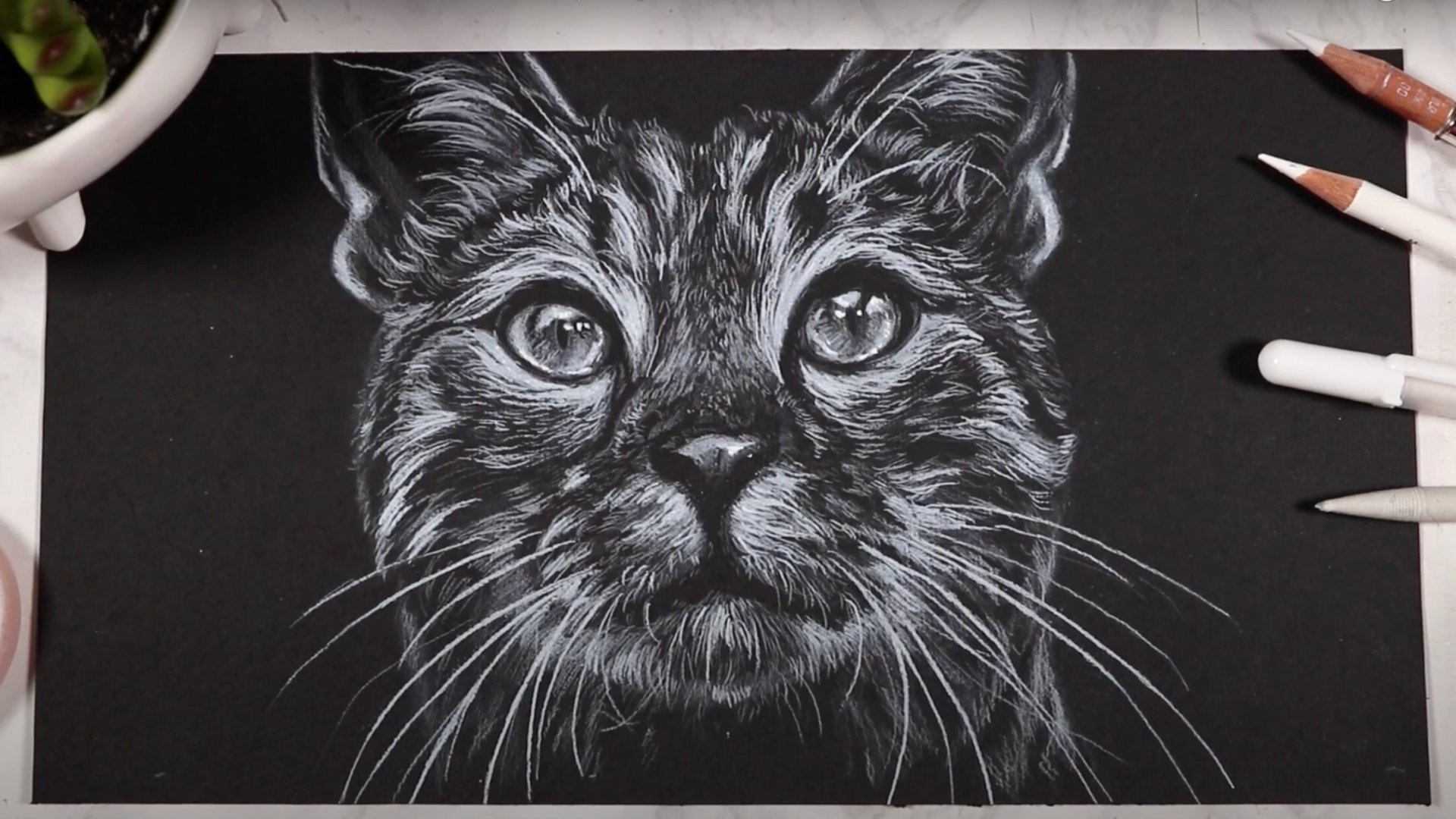
Not every space needs to be filled with white. Leaving sections of the black paper untouched allows natural shadows to shine through and creates striking contrast.
This approach speeds up the process and strengthens the visual effect of the highlights. Letting the paper breathe makes the drawing feel more alive and energetic.
Tips for Drawing on Black Paper Like a Pro

After learning the basics, artists can take their black paper drawings to the next level. The right methods can help them create work that stands out. Good technique makes all the difference in this medium. These pro tips will help artists create more polished and striking artwork.
- Layer colors carefully: Pro artists build up colors in thin layers on black paper. They start with light pressure and add more layers to increase brightness. This method creates smooth color transitions and rich tones that pop against the dark background.
- Test colors before applying: Smart artists always test their materials on a scrap piece of black paper first. Colors often look different on black than they do on white or in the packaging. This small step saves time and prevents mistakes in the final artwork.
- Use fixative sprays: To keep artwork looking fresh, artists should use a fixative spray when finished. This stops colors from smudging or fading over time. The spray forms a clear coat that protects the work, which is key for preserving details on black paper.
- Think about light sources: Professional artists always consider where light comes from in their scene. They make sure all highlights match the same light direction. This creates a sense of depth and makes the artwork look more real.
- Blend with purpose: When blending colors on black paper, artists should work with soft, circular motions. They can use blending stumps, cotton swabs, or even fingers for this task. Good blending creates smooth color shifts that look natural to the eye.
- Create depth with contrast: The best black paper artwork uses strong contrast. Artists should place very bright areas next to the dark paper. This trick makes drawings look three-dimensional and helps them jump off the page.
- Keep hands clean: Oil from hands can leave marks on black paper that show up when adding color. Smart artists use a spare piece of paper under their hand while working. This keeps the drawing surface clean and the colors true.
Summing Up
Black paper drawing offers artists a fresh way to see and create art. This approach flips traditional methods upside down, teaching artists to think in terms of light rather than shadow.
The skills learned with this technique carry over to other art forms, too. Artists who practice on black paper often notice improvements in their understanding of light, contrast, and composition.
The odyssey into black paper drawing might feel strange at first, but the results are worth the effort. As artists gain comfort with this medium, they find new ways to express their ideas.
They find that black paper drawing helps them break out of creative blocks and see their subjects differently. This simple change of background can lead to major growth in artistic skills and vision.















